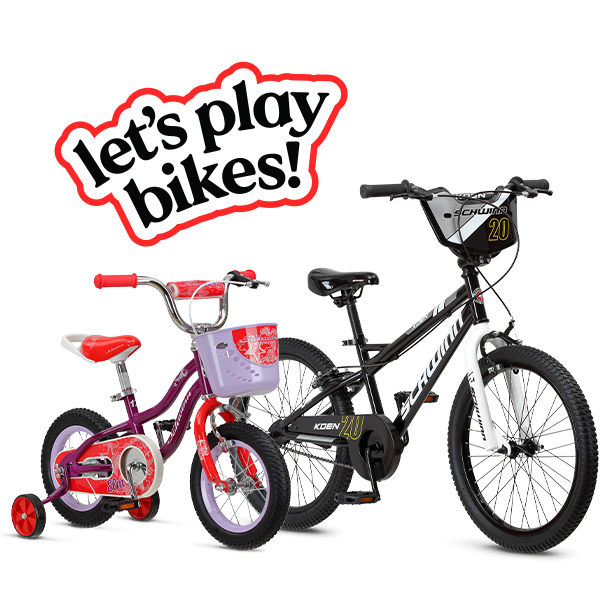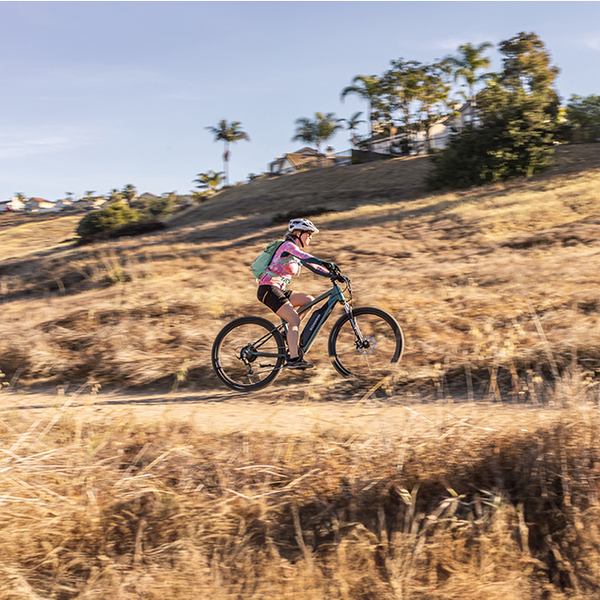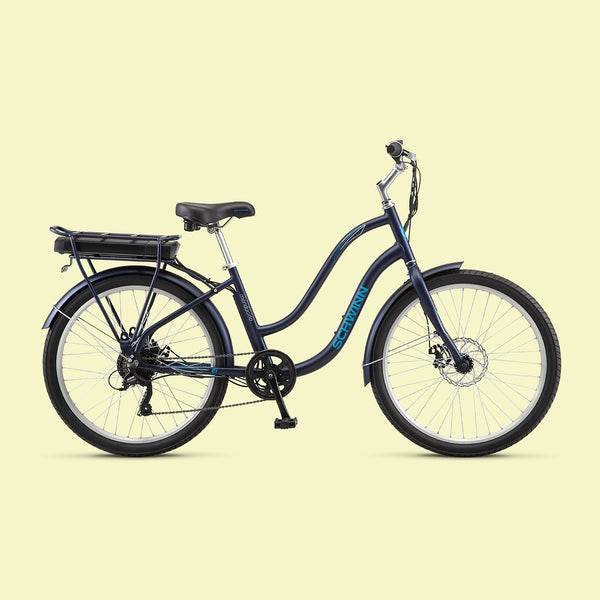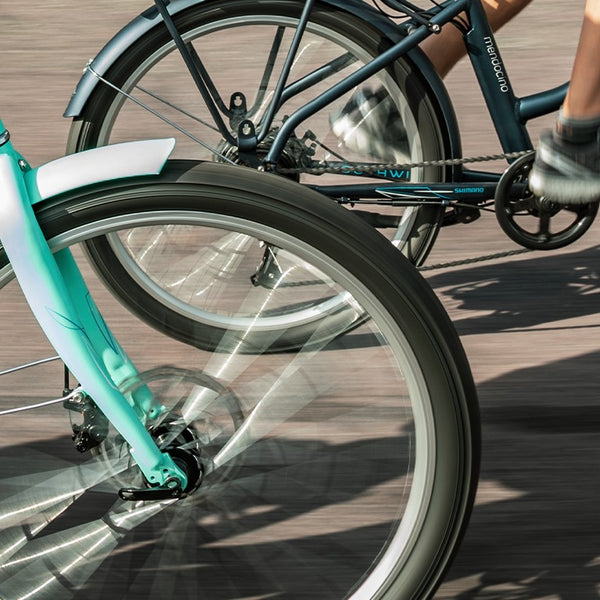Every year, Americans use well over 100 billion gallons of gasoline. That's "billion" with a capital "B." Put another way: it’s about 400 gallons of gasoline for every American. That’s a staggering statistic.
But here's another cool stat: The average e-bike used 0.0 gallons of gasoline a year. Put another way: If every American used e-bikes instead of motor vehicles as their primary mode of transportation, this country would consume considerably less gasoline.
Sure, we get it. E-bikes cannot fully replace cars. At least not yet. But there are distinct advantages associated with choosing to ride your electric bike more and drive your motor vehicle less. Chief among them: reducing your carbon footprint, increasing your fitness level, and saving money.
Here's a deeper dive into some of the savings – in both money and gas – that can come from choosing to bike instead of driving.

Cash In Pocket
Since we're laying down stats here, let's take a look at some money facts. Using information compiled by AAA, as of this writing in October 2022, the average gallon of gasoline in the U.S. costs $3.87.
That average per gallon cost is a little misleading. In California, the average is a touch over $6 per gallon. In Oregon, it's $5.30. In places like Maine and New Jersey, it's under $3.70 a gallon. In the South, it's even cheaper. In Florida, Georgia, and Alabama, for instance, the average gallon is under $3.50.
How much money or gas will you save if you bike to the office one day a week? Three? Every day?
That's hard to say precisely. Your savings will vary depending on the price of gas in your city, the distance you have to commute, and the gas mileage of the vehicle you'll be replacing your bike with. A 2022 study indicates that a person with a 10-mile commute to work who rides their bike every day instead of driving can expect to save between $240 and $1,500 a year.
Your mileage, as they say, will vary. The federal government has a handy gas savings calculator to help you compare vehicles against each other that can help you get a ballpark idea of what you can expect in savings. That calculator doesn't calculate the savings or wear and tear on your car. Conversely, it doesn't add the cost of assorted bike-commuting equipment like panniers or seat packs.

Riding Is Saving
It should come as no surprise to see cities like Portland, OR, San Francisco, and Oakland (where gas prices are generally higher) be among the more popular cities for bike commuting. Certainly, the cost of gas is not the only factor in places where the percentage of people biking to work is highest. In states like Oregon, Montana, Colorado, and Washington, the abundance of well-designed bike infrastructure, comprehensive bike safety laws, and effective advocacy and education help motivate bike commuters.
But saving money on gas is a big motivator, too. Another 2022 study showed that the average U.S. household spends about $5,000 a year on gasoline. There are also costs associated with maintaining your car – insurance, tires, oil changes, windshield wipers, and the like.
On the biking side, besides the purchase of a bike, you do have to factor in the likely purchase of additional gear. Still, that's cheaper than a set of tires!

Why E-Bikes?
Whether it's an e-bike or a conventional "analog" bike, it's clear you're going to realize real savings when you substitute riding in place of driving a car. E-bikes, however, might be the best choice as a replacement for your vehicle for a handful of reasons. Including:
- The ability to go farther: Our popular e-bikes (take the Coston, for instance) are capable of going up to 45 miles with a single charge using the standard battery that comes with it. If you upgrade the battery capacity, you can extend that range up to 80 miles.
- The ability to go faster: Our e-bikes are classified as "Class 2" e-bikes which means they have a regulated top speed of 20 mph. No, that's not car speed, but it's still moving along a pretty decent clip. If your commute is 10 miles on an e-bike moving at 20 mph will get you from Point A to Point B in just 30 minutes.
- You can use the bike lanes: Class 2 e-bikes are allowed on bike paths and bike lanes. You won't have to sit in long traffic lines.
- Less taxing physically: One of the biggest advantages of e-bikes is the ability to deliver pedal assistance to the rider. Simply using the throttle makes it easier to climb hills.
Biking to work, school, or just running errands around town is a great way to save a little bit of money and cut down on your gasoline consumption. Another bonus we've barely discussed: It's a lot more fun than getting from one place to another in an automobile. It gives you a chance to enjoy the outdoors and breathe fresh air. You should really give it a try!












